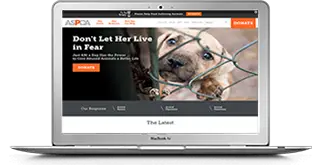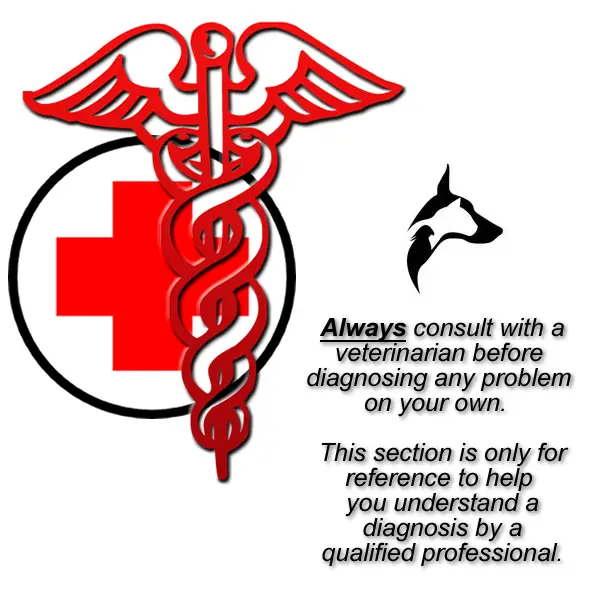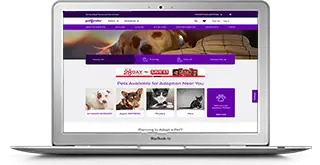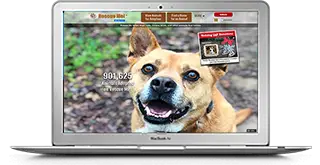Diagnosis
If a horse is suspected of choke, a veterinarian will often pass a stomach tube down the animal's esophagus to determine if there is a blockage. Failure to access the stomach with the tube indicates a complete obstruction; difficulty passing the tube may represent a stenosis, or narrowing; or a partial obstruction. Radiography and endoscopy are also used in refractory cases.
Causes
Chewing: Horses may develop choke if they do not chew their food properly. Therefore, horses with dental problems (e.g. acquired or congenital malocclusion, loose or missing teeth, or excessively sharp dental ridges) that do not allow them to completely grind their food are particularly at risk. In addition, horses that bolt their feed and do not take the time to chew properly are more likely to suffer from choke.
Dry Food: Dry foods may cause choke, especially if the horse does not have free access to water, or if the horse has other risk factors linked to choking. While pelleted or cubed feeds in general fall in this category, horse owners sometimes express particular concerns about beet pulp. However, while horses have choked on beet pulp, a university study did not document that beet pulp is a particular problem. It is believed that choke related to beet pulp is linked to the particle size and the horse's aggressive feeding behaviour, rather than the actual feed itself. Research suggests that horses that bolt their feed without sufficient chewing, or who do not have adequate access to water, are far more likely to choke, regardless of the type of feed, compared to horses that eat at a more leisurely rate. The risk of choke associated with any dry feed can be reduced by soaking the ration prior to feeding.
Foreign Objects:
Horse may ingest non-edible materials such as pieces of wood. Cribbers may be more prone to this type of choke, if they happen to swallow a piece of wood or other material while cribbing.
Treatment
Choking horses should be deprived of food and drink pending veterinary attention, so as not to increase the obstructive load within the esophagus. The veterinarian will often sedate the horse and administer spasmolytics, such as butylscopolamine, to help the esophagus to relax. Once the muscles of the esophagus no longer force the food down the throat (active peristalsis), it may slip down on its own accord. If spasmolytics do not solve the problem, the veterinarian will usually pass a stomach tube through one of the nostrils and direct it into the esophagus until the material is reached, at which point gentle pressure is applied to manually push the material down. Gentle warm water lavage (water sent through the stomach tube, to soften the food material) may be required to help the obstructing matter pass more easily, but caution should be exercised to prevent further aspiration of fluid into the trachea.
Refractory cases are sometimes anesthetised, with an orotracheal tube placed to prevent further aspiration and to allow for more vigorous lavage. Disruption of the impacted material can sometimes be achieved via endoscopy. If these methods still do not lead to results, the horse may require surgery to remove the material. Some workers have advocated the use of oxytocin in choke, on the grounds that it decreases the esophageal muscular tone. However, this technique is not suitable in pregnant mares, as it may lead to abortion.
Follow Up
After the material has passed, a veterinarian may try to prevent the onset of aspiration pneumonia by placing the horse on broad-spectrum antibiotics. The animal should be monitored for several days to ensure that it does not develop pneumonia, caused by inhalation of bacteria-rich food material into the lungs.
The material caught in a horse's throat usually causes inflammation, which may later lead to scarring. Scarring reduces the diameter of the esophagus (a stenosis or stricture), which increases the chance that the horse may choke again. The veterinarian may therefore place the horse on a course of NSAIDs, to help to control the inflammation of the esophagus.
Often the horse will only be fed softened food for a few days, allowing the esophagus to heal, before it is allowed to gradually resume its normal diet (e.g. hay and unsoaked grain). Horses with re-occurring chokes may require their diet to be changed.
Prevention
Always provide water for the horse
Soak dry foods before feeding to horses prone to choke
Change feeds gradually
Discourage the bolting of food: spread out feed, place large, flat stones (large enough so that the horse can not swallow it) or salt blocks in the feed bin so that the horse must slow down, or feed smaller meals more often
Cut apples, carrots, or other treats into small pieces
Withhold feed material for one hour following sedation






